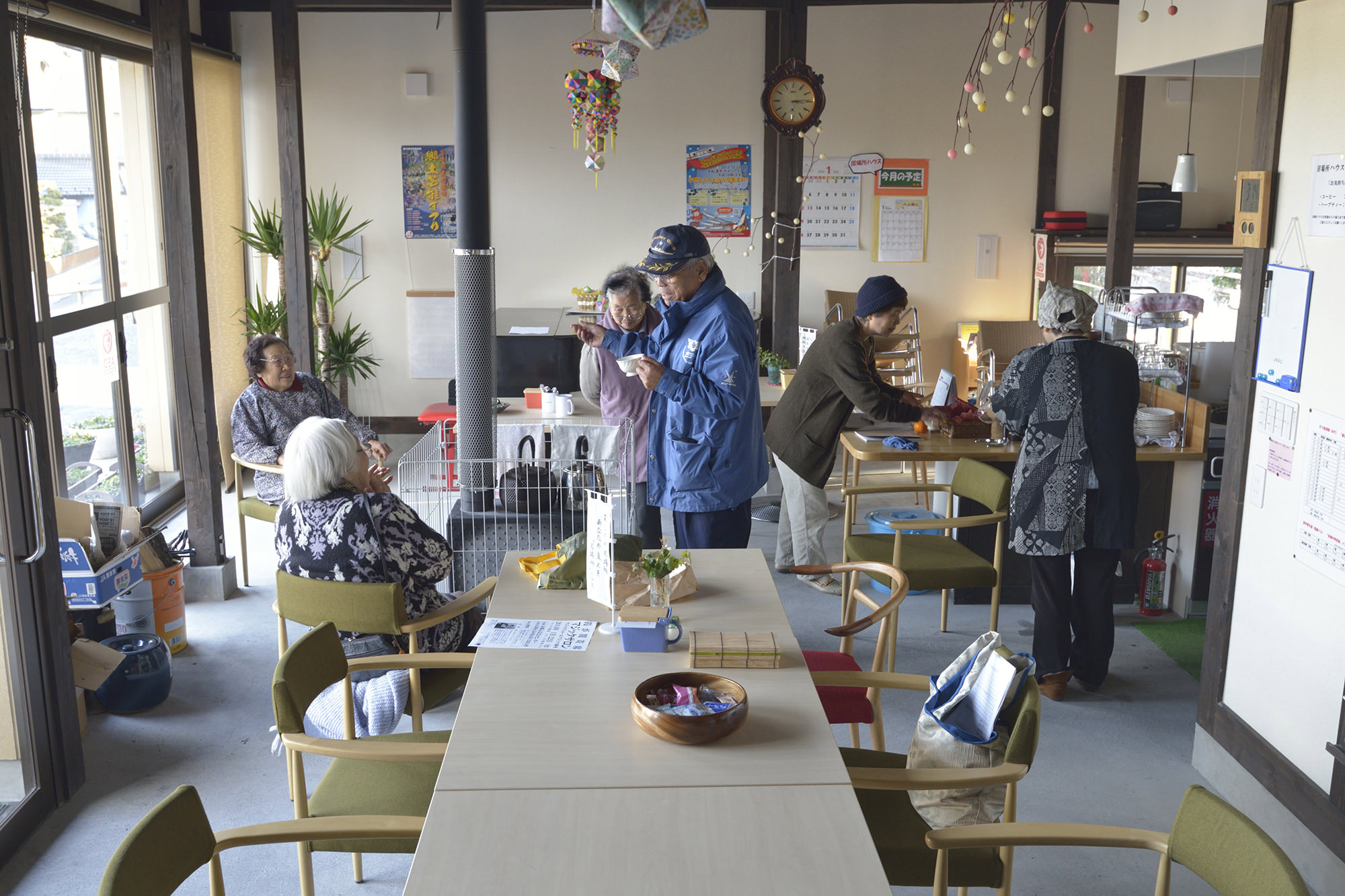For three weeks in 2003 I lived as a nursing home resident while I was a graduate student in architecture. I was studying the impact of the physical environment of nursing homes on the everyday lives of the people who lived and worked there, so I checked myself into a facility in the Midwest as a young woman suffering paralysis on one side of my body.
My stay there was crucial in the formation of my beliefs about what goes into making a first-rate nursing and rehabilitation facility, both in terms of the physical facility and the care that residents receive there. It was a personal experience from which I developed a few ideas about how we should care for elders who can’t to do things for themselves the way they used to, and what we should look for in seeking the kind of place where we would feel comfortable ourselves.
The most important thing I learned from that experience is that we need to keep at the center of our decisions the people who are living in these facilities, whether for short-term rehabilitation or long-term nursing care. Critical to this philosophy is the importance of remembering that people don’t lose their individuality just because they’ve become old or frail. The best nursing and rehabilitation facilities keep that uppermost in mind in the way they care for their residents. They remember that the person in Room 207 is more than just her diagnosis or dietary requirements – she’s someone who had a full life, rich in experiences and knowledge, someone who deserves to be respected and celebrated. Perhaps she was an avid gardener in her younger years, or the best cook on her block, or a musician who trained generations of neighborhood kids on the piano. Good facilities learn these things about their residents and use them as a way to connect with them and to help them connect with others.
What I call a “person-centered approach” puts personal preferences ahead of strict adherence to procedures and allows residents to make as many decisions as possible – from when to wake up and when to eat to how to spend their time. Today, our elders will have opportunities to reflect their memories of past Thanksgivings and share their stories with the people around them. As we gather together with friends and family and share our blessings, let’s take time to appreciate our elders as important members of our families and our society. We can all take a moment to honor them as the people who provided us such wonderful Thanksgiving dinners in the past.
Of course, this all has to happen within the framework of running an efficient, safe and comfortable facility, but I truly believe those goals don’t have to compete with each other. Residents can be given more autonomy without compromising the operation of the facility. Good facilities are already doing that. Their nurses and staff already are doing a good job of caring for our parents and grandparents, and the changes needed to fully embrace the person-centered approach are relatively minor.
As we build new nursing and rehabilitation centers we should be thinking about creating an environment for residents that is comfortable and more like their own home. Bright rooms with cheerful paint schemes, attractive views and tasteful furnishing can create that feeling of being at home. A physical layout that encourages socialization with neighbors while offering a sense of personal privacy, a café where people can gather and spend time together over a cup of coffee – all these things can be designed into new facilities. Something as simple as making the hallways shorter lets residents with limited mobility make their way to the dining area or lounge area on their own.
A person-centered approach to running a nursing home respects our elders’ desire to be allowed to continue making their own choices. Why would anyone think that just because a person has gotten older he or she requires less privacy or less control over day-to-day living? There are going to be times they just want to be alone, just as there are surely going to be times when they crave a little companionship. They probably want a say in what they do, and when they do it, and with whom. In that way, they’re pretty much like us, because they are us, and, soon enough, we will be them. We need to keep that in mind as we think about how we care for our elders.
Happy Thanksgiving!




